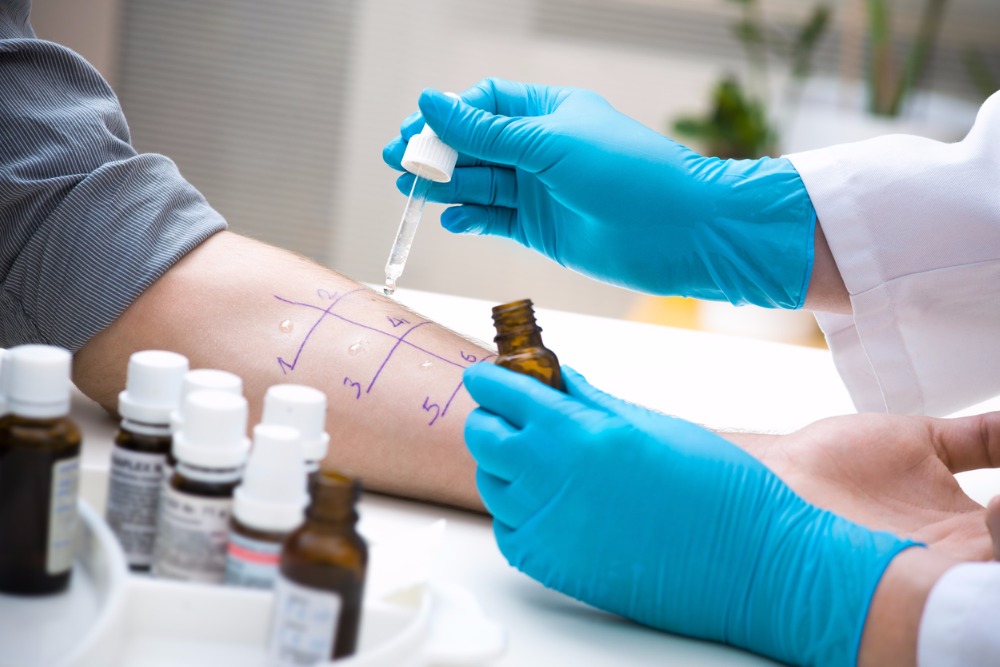Allergy Skin Test

An allergy skin test is commonly used today as diagnostic aids but has been around for allergic disorders as far back as the mid-1800s. Today, prick or puncture tests are commonly used by allergists as diagnostic aids. These tests are not very invasive and, for most allergens, they tend to produce quick results. If the results of prick or puncture tests are negative, they may be followed by intradermal tests, which give allergists more details about what’s causing the underlying symptoms.
How is an Allergy Skin Test Administered?
Here is how both types of tests are administered:
- Prick/puncture- a prick or a puncture on the surface of the skin where the diluted allergen is applied.
- Intradermal– a diluted allergen is injected into the skin with a very thin 26-to-30 gauge needle.
The skin is observed for about 15 minutes to see if a reaction develops after each allergy skin test. The “wheal”—a raised, red, itchy bump and surrounding “flare”—is exposed to specific allergens when the presence of the allergy antibody is indicated. The sensitivity is greater when both the wheal and flare are larger.
Types of Allergy Skin Tests
Skin tests that can detect immediate allergic reactions include:
- Skin prick test– is used to check for immediate allergic reactions and to identify allergies to pollen, mold, pet dander, dust mites, and foods. The forearm is where the test is done for adults. The upper back is where the test is done for children.
- Skin injection test– you are injected with a small amount of allergen, where it is then examined after about 15 minutes if there are signs of an allergic reaction. If there is a possible allergic reaction to inject venom or penicillin, your doctor may recommend this test.
- Patch test– this test is done if there is a particular substance causing an allergic skin irritation. This test detects delayed allergic reactions, which take several days to develop.
Compared to other tests, an allergy skin test should never be taken lightly, even though it may seem simple. Trained practitioners with a great understanding of the testing procedure should only provide skin testing, as they will understand the risks and variables of the skin test.







